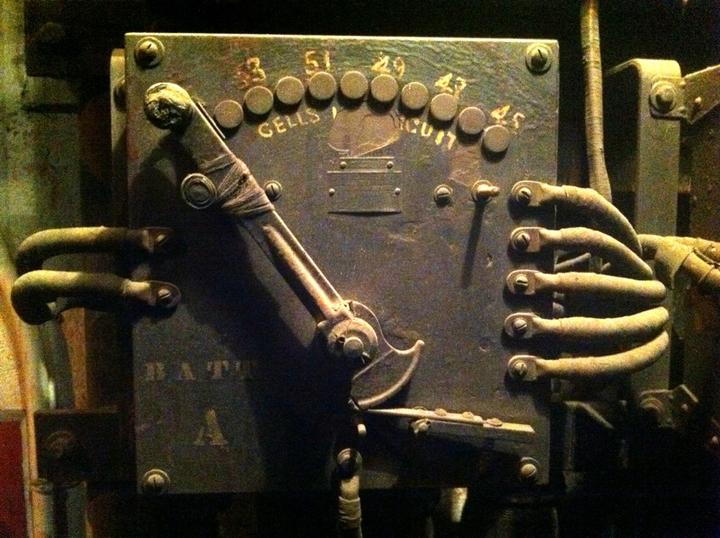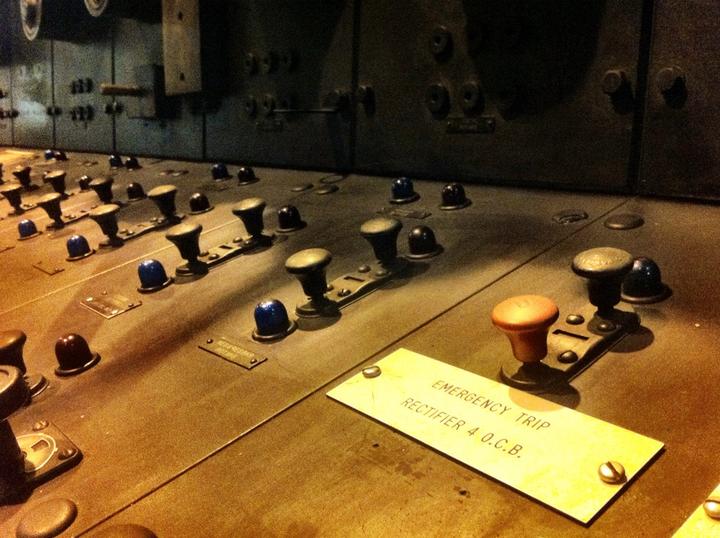Uncovering Grand Central Terminal’s Secret Spaces
Trains depart every 58 seconds on 63 tracks during rush hour at New York City’s Grand Central Terminal as a crushing mass of humanity passes through its vast central concourse. Last week, we descended into the secret depths and vertigo-inducing heights of the city’s showpiece to see what lays hidden out of sight of most visitors.
In this, the deepest, largest basement in all of New York, 2.8 million cubic yards of earth and rock were once removed to create the enormous temple to transportation. When the station opened in 1913, it was the third rail building to stand at that location, but the first to be electrified. Some 70 feet underground, massive converters were required to transform incoming AC power into the DC power needed to power the trains.
photo by Seth Teicher
photo by Annetta Black
photo by Annetta Black
photo by Seth Teicher
Antiquated control machinery sits in place, just as it was when it became outmoded in the 1920s and 30s.

photo by Seth Teicher

photo by Seth Teicher
(1).jpg)
photo by Seth Teicher
photo by Annetta Black
In stark contrast with the gloomy depths, we next ascended to the nerve center of the building, where every train on every track in monitored and controlled by a dedicated team. This ultra modern system is designed to make the system run as efficiently and safe as humanly possible.
photo by Seth Teicher
From there we climbed higher, up into the catwalks above the main concourse.
photo by Annetta Black
It is hard to imagine today, as we looked over Grand Central’s concourse from on high, that at one point the Terminal was slated for demolition. As property values raised and train travel declined in the 1950s, plans were made to destroy the building. After an inglorious decade of decline and in the wake of the destruction of the gorgeous Penn Station, the building was declared a city landmark and thus saved. A massive renovation in the 1980s and 90s returned the Terminal to its former glory.
photo by Seth Teicher
(1).jpg)
photo by Annetta Black
DO IT YOURSELF
The spaces we visited are off limits to the general public, but for a taste of some of the Terminal’s secrets, we suggest going exploring armed with their very detailed self-guided walking tour.



Follow us on Twitter to get the latest on the world's hidden wonders.
Like us on Facebook to get the latest on the world's hidden wonders.
Follow us on Twitter Like us on Facebook